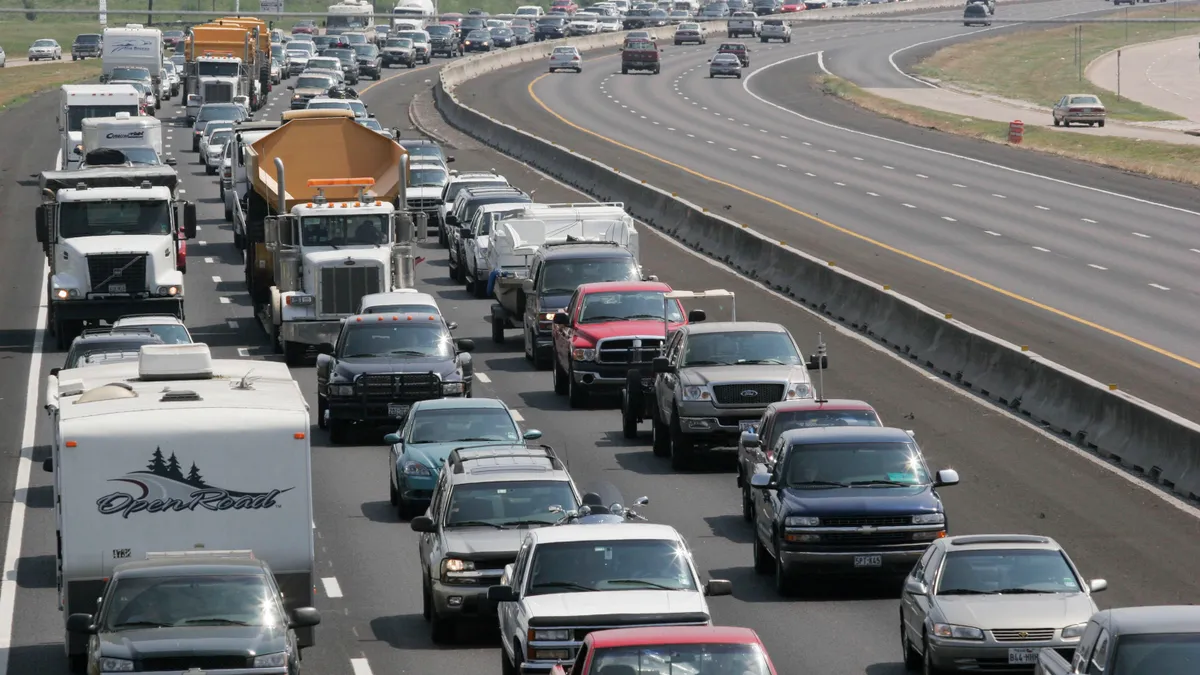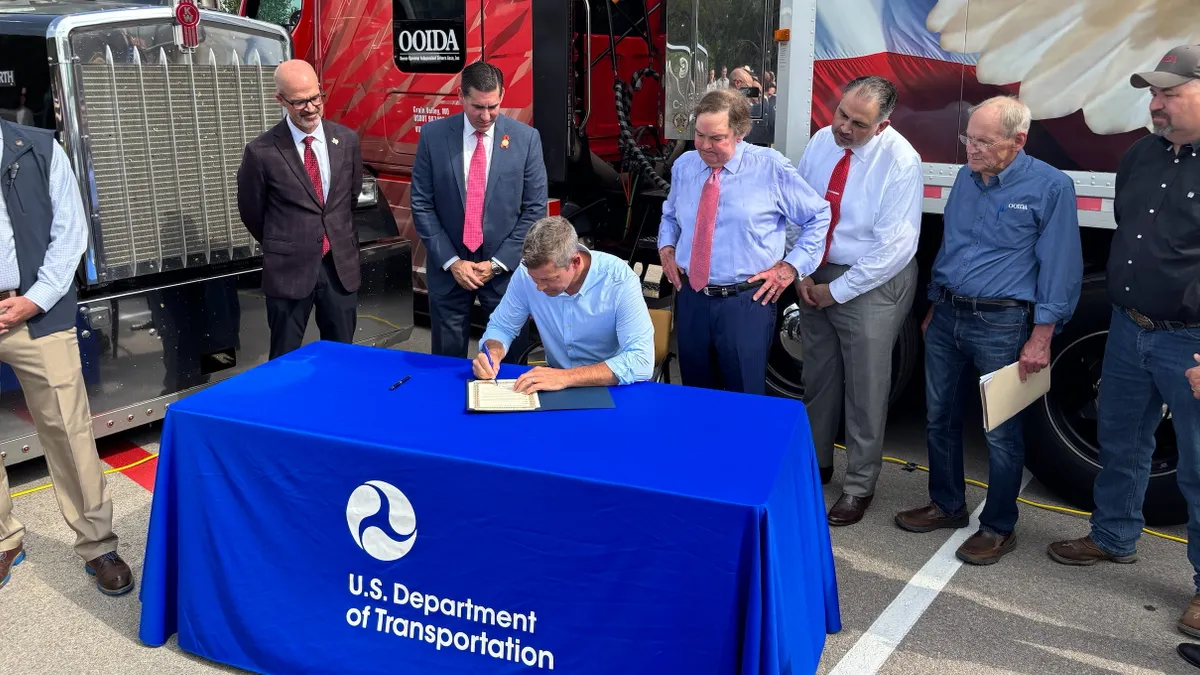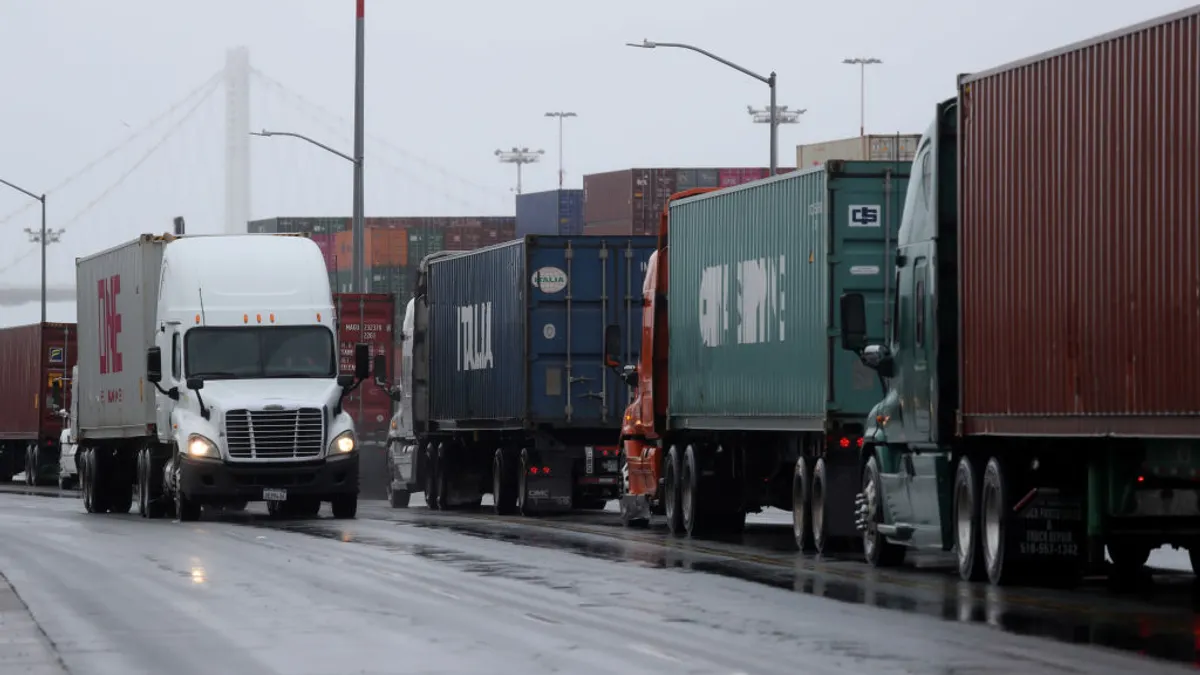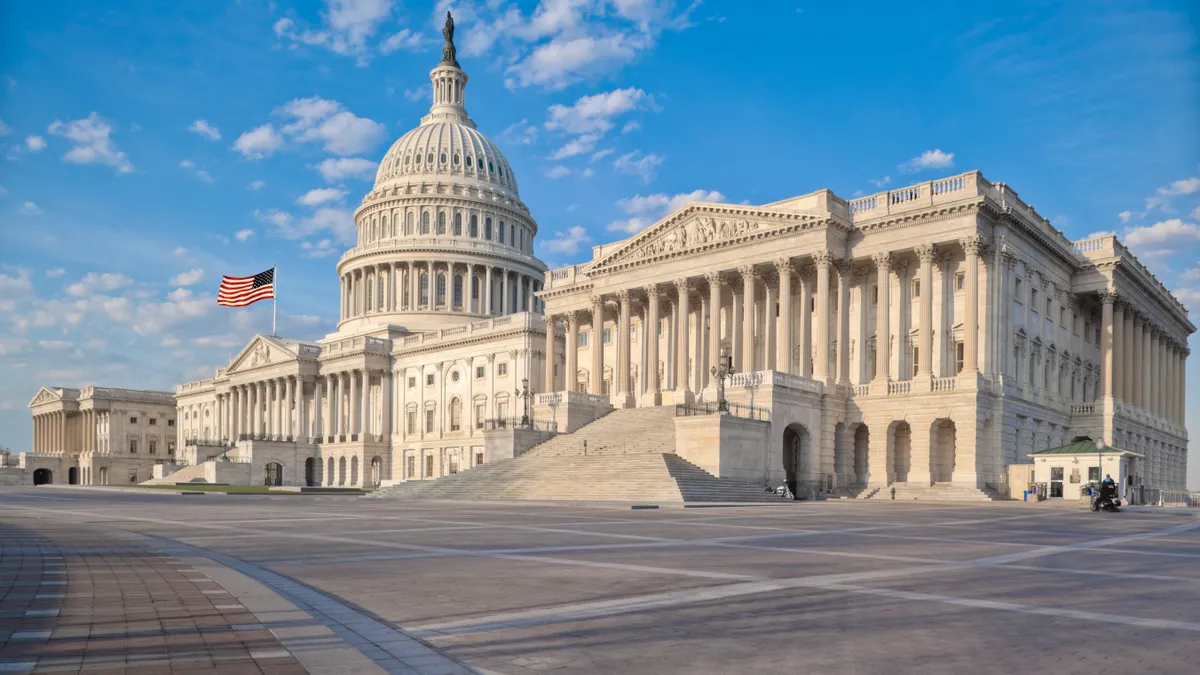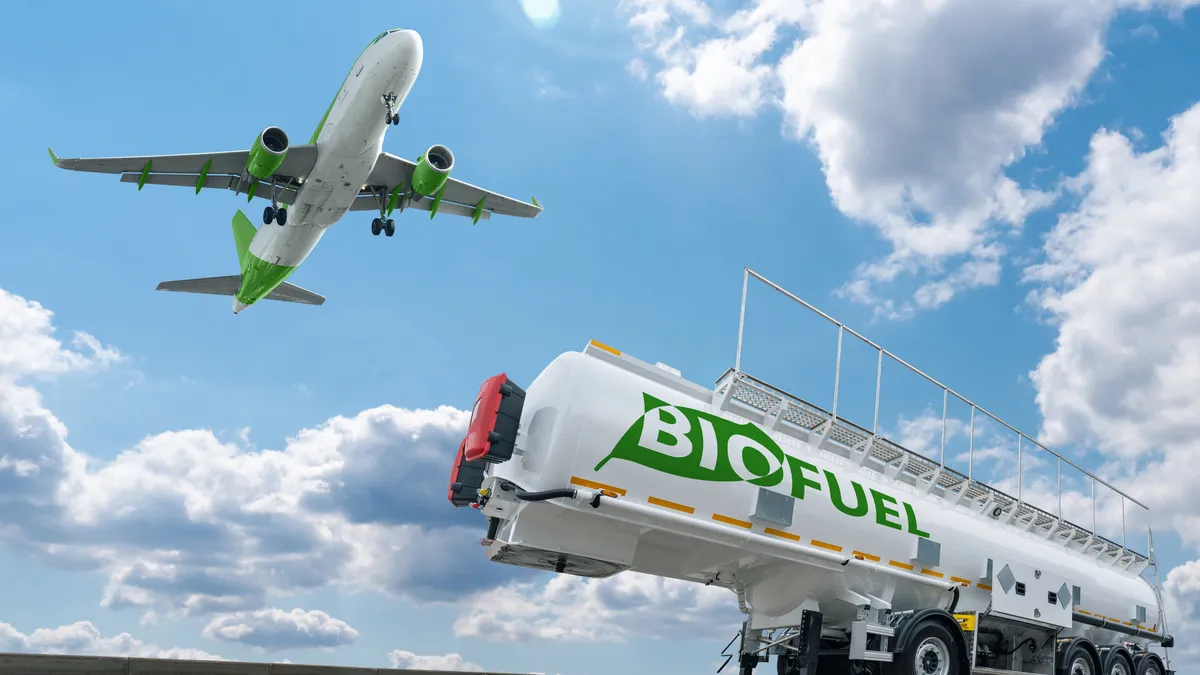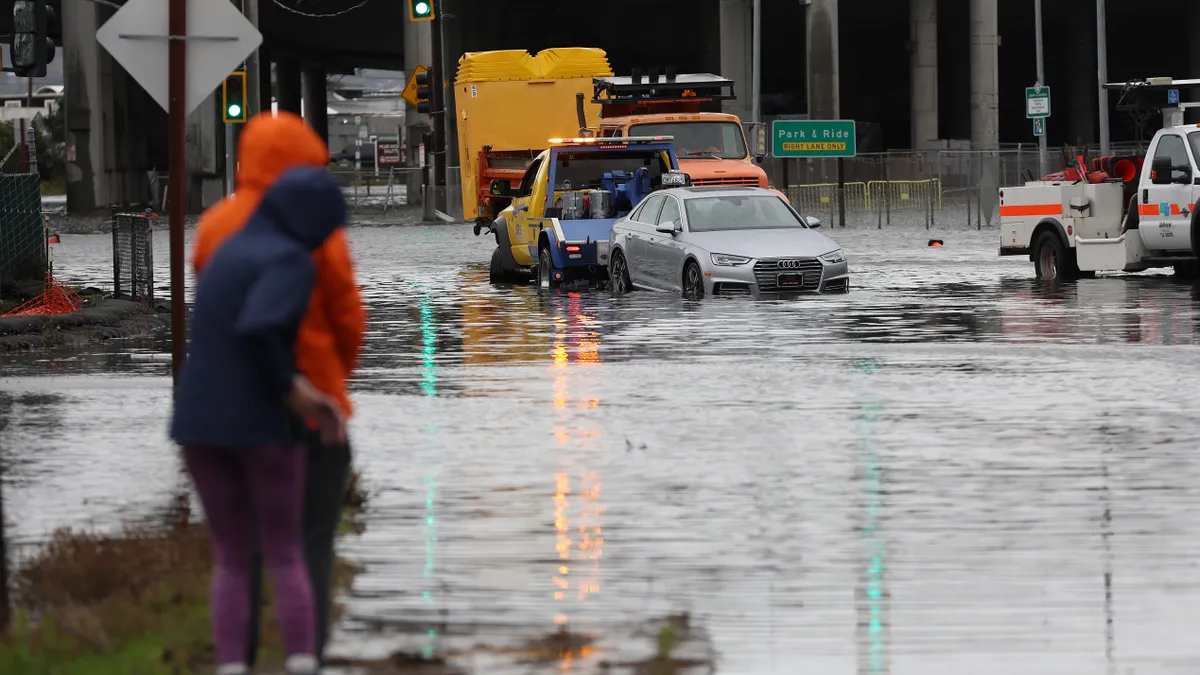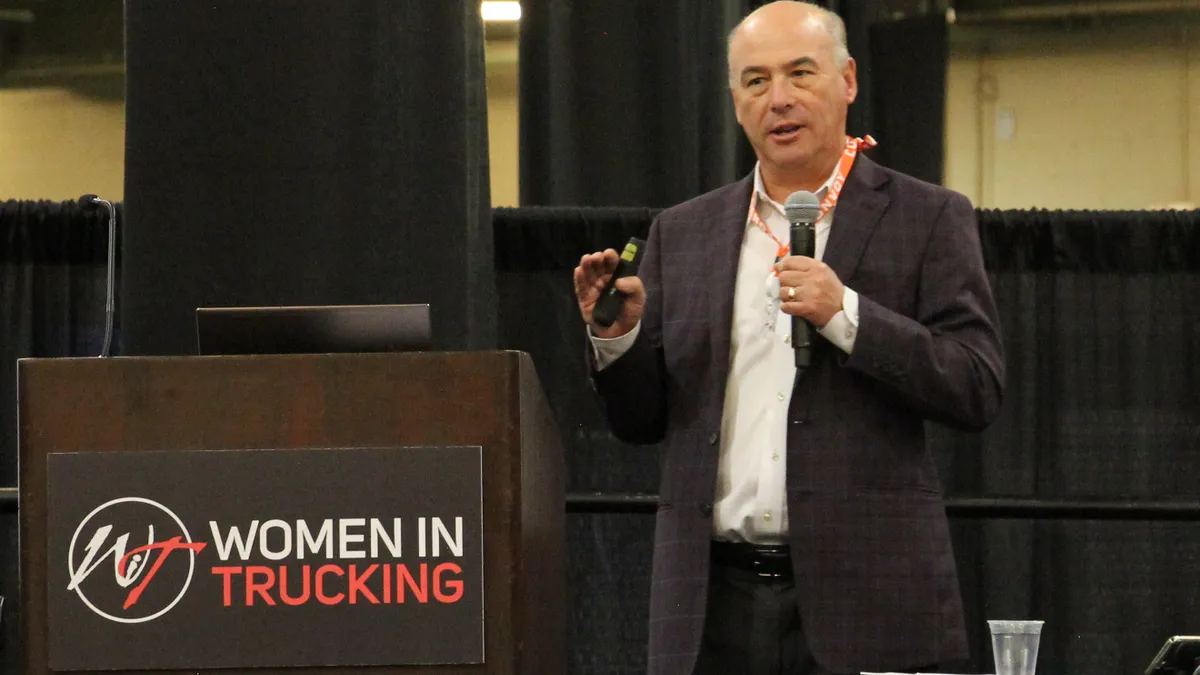The Texas Department of Transportation has had big plans for the Interstate 45 freight corridor, linking Galveston, Houston and Dallas.
I-45's congestion issues have been infamous for years, and the stretch of highway at I-69/US 59 in Houston ranks fifth on the American Transportation Research Institute's list of top bottlenecks.
"There is a lot of freight moving in and out of Houston’s ports," said John Esparza, president and CEO of the Texas Trucking Association. "The main arteries continue to swell with freight, which makes I-45 a big priority for the state."
In 2016, the state DOT released an outline of projects, including the widening of several stretches of highway, it hoped would address the interstate's issues. But projects that involve widening or altering roadways run up against a variety of hurdles.
Recently, a Houston-area widening project along I-45 succumbed to the trend. Texas DOT paused the project, first greenlighted at a cost of $7.5 billion by the Federal Highway Administration, while it reviews the project's potential impact on the Civil Rights Act.
Had it gone forward in its approved state, the project would have required the removal of over 1,000 homes and businesses in adjacent low-income neighborhoods.
In the meantime, transport firms that frequent the area will continue to use the variety of methods they developed for managing the interstate's impact on their routing.
Widening: Not a silver bullet
Near one of the nation’s main ports and adjoining highways, I-45 sees a "full gambit" of freight moving up and down the roadway, Esparza said.
"You might see auto parts flowing up to Michigan for the automakers, for instance," he said. "If it’s going through the middle of the country, it probably runs over this highway."
This fact leaves carriers faced with finding the best ways to keep their trucks moving as efficiently as possible, especially while they await news on whether or not the widening project will go forward.
Even if it does, however, not everyone in the Texas trucking community is convinced widening is the right answer.
"Widening the highway can be a good step, but there are other issues that go beyond that," said Doug Fry, director of safety and compliance at Texas Freight Services. "The section north of Beltway 8 up to Dallas-Fort Worth has been widened for some time, but it remains busy."
The section of I-45 at I-30 in Dallas sits at number 12 on ATRI’s most-congested list.
"The main arteries continue to swell with freight, which makes I-45 a big priority for the state."

John Esparza
President and CEO of the Texas Trucking Association
The Houston section in question, said Fry, is "a bit of a madhouse," with a variety of factors contributing to the congestion.
"Traffic has always been an issue here, and it’s one of three freeways in the Houston area with lane restrictions for heavy trucks," he said. "Entering and exiting the highway is another problem — if they would add express lanes here, it would help."
The workarounds
Whether a widening project ever comes to fruition — and whether the expansion would alleviate congestion — is, for now, unknown. But because this section of I-45 has been problematic for some time, most carriers have developed workarounds with routing and scheduling.
"This can get pretty granular and individual to company and commodity," said Esparza. "I’ve been on that section of road around 1 a.m. and have been amazed at how many trucks are moving through that corridor. The industry generally tries to avoid the 7 a.m. to 6 p.m. traffic."
Fry said his 85 drivers who pass through that stretch are all equipped with toll passes that enable them to use toll road 69 to avoid congestion as needed.
"Congested highways are not safe highways, and no industry knows this better than trucking."

John Esparza
President and CEO of the Texas Trucking Association
"Our drivers keep on top of the conditions and re-route when necessary," he said. "They also plan so that, in general, they can get through that section before rush hour begins and try to return before it is too bad in the evenings."
For now, at least, these workarounds are what the industry will need to continue using. Beyond the potential civil rights impact that the state transportation department must now address, there’s an issue of funding highway projects like I-45 coming off a year of reduced revenues at the hands of the pandemic, according to Esparza.
But Esparza said he hopes to see an answer to the I-45 congestion.
"It’s about prioritizing aisles like 45," he said. "Congested highways are not safe highways, and no industry knows this better than trucking. For us, the solution is easy: Get the highways in safe order."


